Home>Others>Specialized Home Improvement Topics>How To Remove Ice From Car Windows
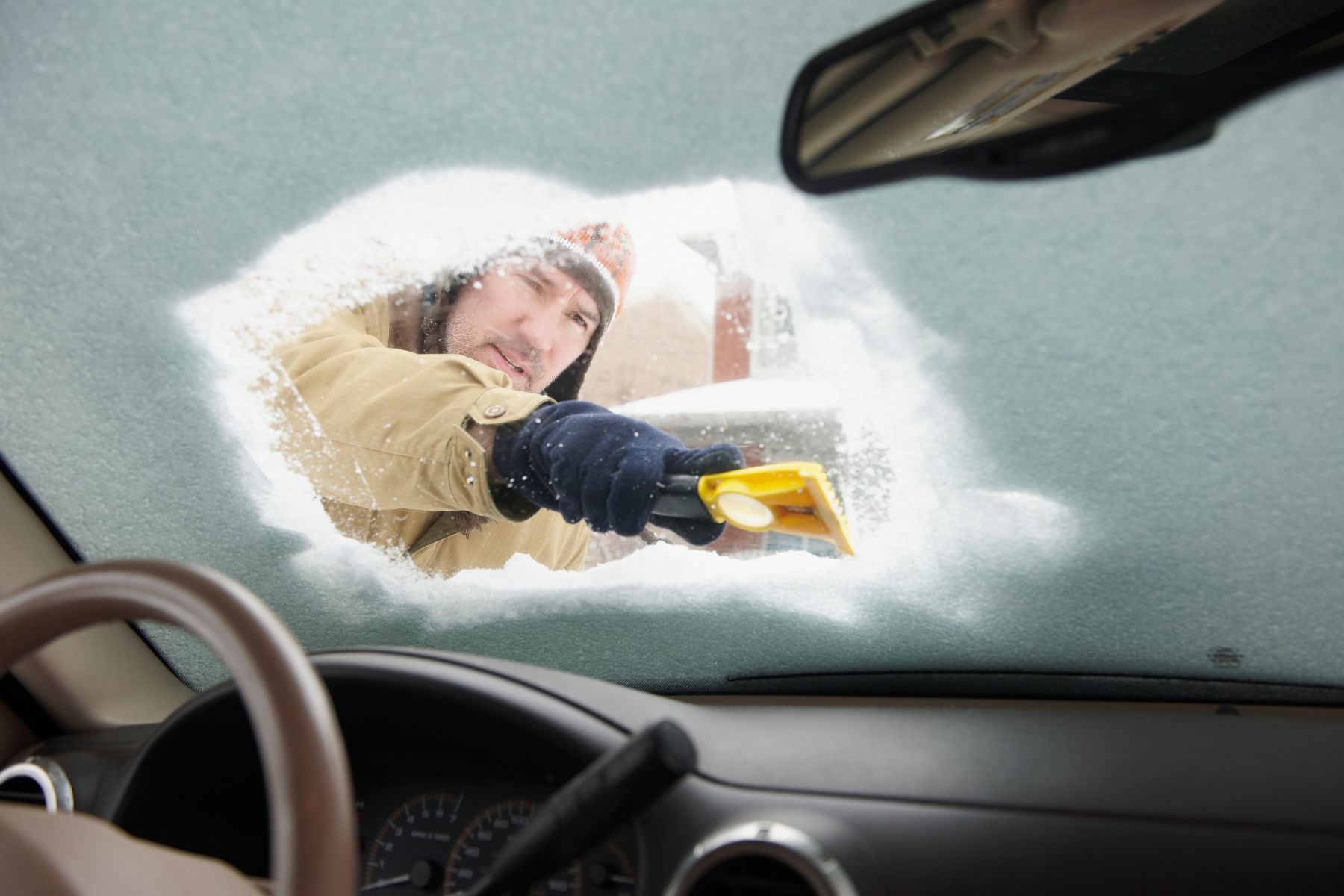

Specialized Home Improvement Topics
How To Remove Ice From Car Windows
Published: January 7, 2024
Learn effective methods for removing ice from car windows with specialized home improvement topics. Keep your windows clear and safe during the winter months.
(Many of the links in this article redirect to a specific reviewed product. Your purchase of these products through affiliate links helps to generate commission for Storables.com, at no extra cost. Learn more)
Introduction
Winter brings with it a host of challenges, and one of the most frustrating is dealing with ice on car windows. Waking up to find your vehicle encased in a layer of ice can be a major inconvenience, but fear not – there are several effective methods for removing ice from car windows. In this comprehensive guide, we’ll explore various techniques, from using de-icing sprays to homemade solutions and scraping methods. Additionally, we’ll delve into the dos and don’ts of using hot water to melt the ice and share tips for preventing ice build-up in the first place. By the end of this article, you’ll be equipped with the knowledge to tackle icy car windows with confidence, ensuring a smoother start to your winter days.
Key Takeaways:
- Say goodbye to icy car windows with these effective methods, from de-icing sprays to homemade solutions and scraping techniques. Be prepared and tackle winter mornings with confidence!
- Prevent ice build-up by parking in a garage, using anti-icing products, and keeping windows clean. Stay proactive to minimize the hassle of icy car windows in winter.
Read more: How To Remove Window Tint From Car Windows
Preparation
Before diving into the different methods for removing ice from car windows, it’s important to take a moment to prepare for the task at hand. First and foremost, ensure that you have the necessary tools and supplies readily available. These may include a sturdy ice scraper, a snow brush, de-icing spray, and a homemade de-icing solution if you prefer a DIY approach. It’s also wise to keep a pair of gloves handy to protect your hands from the cold.
Furthermore, if you anticipate icy conditions, consider taking preventative measures the night before. Parking your car in a garage or covering the windows with a tarp or specialized car cover can help minimize the accumulation of ice. Additionally, applying a commercial anti-icing product to the windows before the onset of freezing weather can serve as a proactive defense against ice formation.
Lastly, it’s essential to exercise caution when dealing with icy windows. Be mindful of slippery surfaces around the vehicle, and avoid using excessive force when attempting to remove ice to prevent damage to the windows or surrounding trim. With these preparations in place, you’ll be ready to tackle the challenge of removing ice from your car windows effectively and safely.
Using De-icing Spray
De-icing sprays are a convenient and effective solution for quickly removing ice from car windows. These commercially available products are specially formulated to melt ice and frost on contact, making the task of clearing your windows much easier. When using a de-icing spray, follow these simple steps for optimal results:
- Read the Instructions: Before applying the de-icing spray, carefully read the manufacturer’s instructions to ensure safe and proper usage.
- Shake the Can: Shake the can of de-icing spray well to mix the contents before use.
- Apply Liberally: Holding the can at a distance, apply the de-icing spray generously to the icy areas of the car windows. Ensure that the entire surface is adequately covered.
- Wait and Wipe: Allow the spray to work its magic for a few minutes. The ice should begin to melt, making it easier to wipe away with a clean cloth or paper towel. For thicker ice, you may need to repeat the application and wait a bit longer before attempting to remove it.
- Clear the Windows: Once the ice has sufficiently melted, use an ice scraper or snow brush to gently clear the remaining slush from the windows. Take care not to apply excessive pressure to avoid scratching the glass.
De-icing sprays are particularly useful when you’re in a hurry or when the ice is stubbornly adhered to the windows. However, it’s important to note that some de-icing sprays contain chemicals that can be harmful to the environment, so be mindful of using them sparingly and according to the manufacturer’s guidelines. For those who prefer a more eco-friendly approach, there are alternative methods, such as homemade de-icing solutions, that can be just as effective without the environmental impact.
Homemade De-icing Solution
For those who prefer a DIY approach or wish to avoid the use of commercial de-icing sprays, a homemade de-icing solution can be an effective and environmentally friendly alternative. This simple concoction can help melt ice on car windows using common household ingredients. Here’s a straightforward recipe for creating your own homemade de-icing solution:
- Vinegar Solution: Mix equal parts of water and vinegar in a spray bottle. The acetic acid in the vinegar helps to lower the freezing point of water, making it easier to remove ice from the windows.
- Isopropyl Alcohol: In a spray bottle, combine two parts isopropyl alcohol with one part water. The alcohol helps to break down the ice while also providing a quick-drying effect, reducing the likelihood of refreezing.
- Saltwater Spray: Dissolve a few tablespoons of table salt in a spray bottle filled with water. The saltwater solution can help melt the ice on the windows, similar to how salt is used to de-ice roads and walkways.
When using a homemade de-icing solution, apply it generously to the icy areas of the car windows and allow it to sit for a few minutes to take effect. Once the ice begins to loosen, use an ice scraper or snow brush to gently remove the slush from the windows. It may be necessary to reapply the solution and repeat the process for thicker ice buildup.
Homemade de-icing solutions are not only cost-effective but also offer the benefit of being less harmful to the environment compared to some commercial de-icing products. However, it’s important to note that while these solutions are generally safe for use on car windows, they should be applied with care to avoid damage to the vehicle’s paint or trim. Additionally, it’s advisable to test a small area first to ensure compatibility with your car’s surfaces.
Use a mixture of 2/3 vinegar and 1/3 water to spray on the ice. Let it sit for a few minutes, then use a scraper to easily remove the ice from your car windows.
Scraping the Ice
When faced with a thick layer of ice on your car windows, traditional ice scraping remains a reliable and straightforward method for removal. While it may require a bit more effort than using de-icing sprays or homemade solutions, a good-quality ice scraper can effectively clear the windows without the need for additional products. Here are some tips for safely and efficiently scraping ice from your car windows:
- Choose the Right Tool: Invest in a sturdy ice scraper with a sharp blade or a combination tool featuring a scraper and brush. This will help you tackle the ice effectively without risking damage to the windows.
- Start from the Edges: Begin by gently breaking the ice around the edges of the windows using the scraper’s edge or corner. This can help loosen the ice and create small cracks for easier removal.
- Use Firm but Gentle Pressure: With a firm grip on the scraper, apply steady and even pressure as you push the blade across the window surface. Avoid using excessive force, as this could scratch the glass or damage the window seals.
- Clear the Debris: As the ice begins to chip away, use the brush or a gloved hand to sweep the slush and ice particles off the windows. This will prevent the debris from obstructing your view and reduce the risk of refreezing.
- Repeat as Needed: Depending on the thickness of the ice, you may need to make several passes with the scraper to fully clear the windows. Take your time and be patient, especially when dealing with stubborn ice buildup.
Scraping the ice off your car windows can be a physically demanding task, especially when dealing with thick ice or freezing temperatures. To make the process more manageable, consider warming up the interior of the car beforehand to help loosen the ice from the inside. Additionally, wearing gloves can provide insulation and protect your hands from the cold.
While scraping is a reliable method, it’s essential to exercise caution to avoid damaging the windows or trim. Be mindful of any embedded debris or dirt on the scraper that could scratch the glass, and always use smooth, controlled motions when clearing the ice. By following these guidelines, you can safely and effectively remove ice from your car windows using a traditional ice scraper.
Read more: How To Remove Overspray From Car Windows
Using Hot Water
Using hot water to melt ice from car windows is a method that can offer quick results, especially when dealing with thick ice or freezing conditions. However, it’s important to approach this technique with caution to avoid potential risks and damage to the vehicle. Here are some considerations and best practices for using hot water to remove ice from your car windows:
- Temperature Considerations: Use water that is comfortably hot to the touch but not boiling. Extremely hot water can shock the glass and increase the risk of thermal stress, potentially leading to cracks or shattering.
- Gradual Application: Pour the hot water slowly and evenly over the icy areas of the windows. Avoid sudden temperature differentials by applying the water in a controlled manner to minimize the risk of thermal shock.
- Focus on Edges and Corners: Direct the hot water towards the edges and corners of the windows, as these areas tend to accumulate ice more stubbornly. This can help create small channels for the ice to loosen and slide off more easily.
- Immediate Clearing: As the ice begins to melt, use a soft-bristled brush or a clean cloth to gently clear the slush from the windows. Promptly remove the melted ice to prevent refreezing, especially in cold weather.
- Interior Precautions: Be mindful of the interior of the car when using hot water, especially if the windows are partially open or if there are electronic components near the windows. Avoid excessive splashing or direct contact with sensitive areas.
While using hot water can be an effective method for melting ice, it’s important to be aware of the potential risks and exercise caution to prevent damage. Rapid temperature changes, especially from hot to cold, can stress the glass and compromise its integrity. Additionally, extreme temperature differentials can cause the glass to expand and contract, increasing the likelihood of damage.
It’s worth noting that using hot water to remove ice may not be suitable for all situations, particularly in very cold environments where rapid refreezing can occur. Furthermore, this method is best reserved for scenarios where other options, such as de-icing sprays or scraping, are not readily available. By approaching the use of hot water with care and attention to temperature differentials, you can safely utilize this method to remove ice from your car windows when needed.
Preventing Ice Build-up
Preventing ice from accumulating on your car windows can save you time and effort, especially during the cold winter months. While it’s not always possible to completely eliminate ice formation, there are several proactive measures you can take to minimize the likelihood of ice build-up and make the removal process easier. Here are some effective strategies for preventing ice from encasing your car windows:
- Garage Parking: Whenever feasible, park your car in a garage or carport to shield it from the elements. This provides protection from frost and reduces the likelihood of ice forming on the windows overnight.
- Use a Car Cover: If a garage is not available, consider using a fitted car cover designed to protect the vehicle from inclement weather. A car cover can help minimize the accumulation of ice on the windows and exterior surfaces.
- Apply Anti-Icing Products: Before the onset of freezing weather, treat the windows with a commercial anti-icing product designed to prevent frost and ice formation. These products create a barrier that inhibits ice from adhering to the glass, making it easier to remove any light frost that may form.
- Keep Windows Clean: Regularly clean the exterior of your car windows to remove dirt, grime, and other debris that can contribute to ice formation. Clean windows are less likely to attract and retain frost and ice.
- Use Windshield Wipers: Raise the windshield wipers away from the glass when parking your car to prevent them from freezing in place. This can help reduce the likelihood of ice forming around the wiper blades and obstructing their movement.
- Install Window Visors: Consider installing window visors or rain guards to help deflect moisture and reduce the accumulation of frost and ice on the windows. Window visors can also provide added protection during light precipitation.
By implementing these preventative measures, you can significantly reduce the impact of ice on your car windows and streamline the removal process when frost and ice do occur. It’s important to assess the feasibility and practicality of these strategies based on your specific circumstances and local climate conditions. Additionally, staying proactive and prepared for icy weather can help minimize the inconvenience and ensure that your car is ready to hit the road even on the coldest of winter mornings.
Frequently Asked Questions about How To Remove Ice From Car Windows
Was this page helpful?
At Storables.com, we guarantee accurate and reliable information. Our content, validated by Expert Board Contributors, is crafted following stringent Editorial Policies. We're committed to providing you with well-researched, expert-backed insights for all your informational needs.

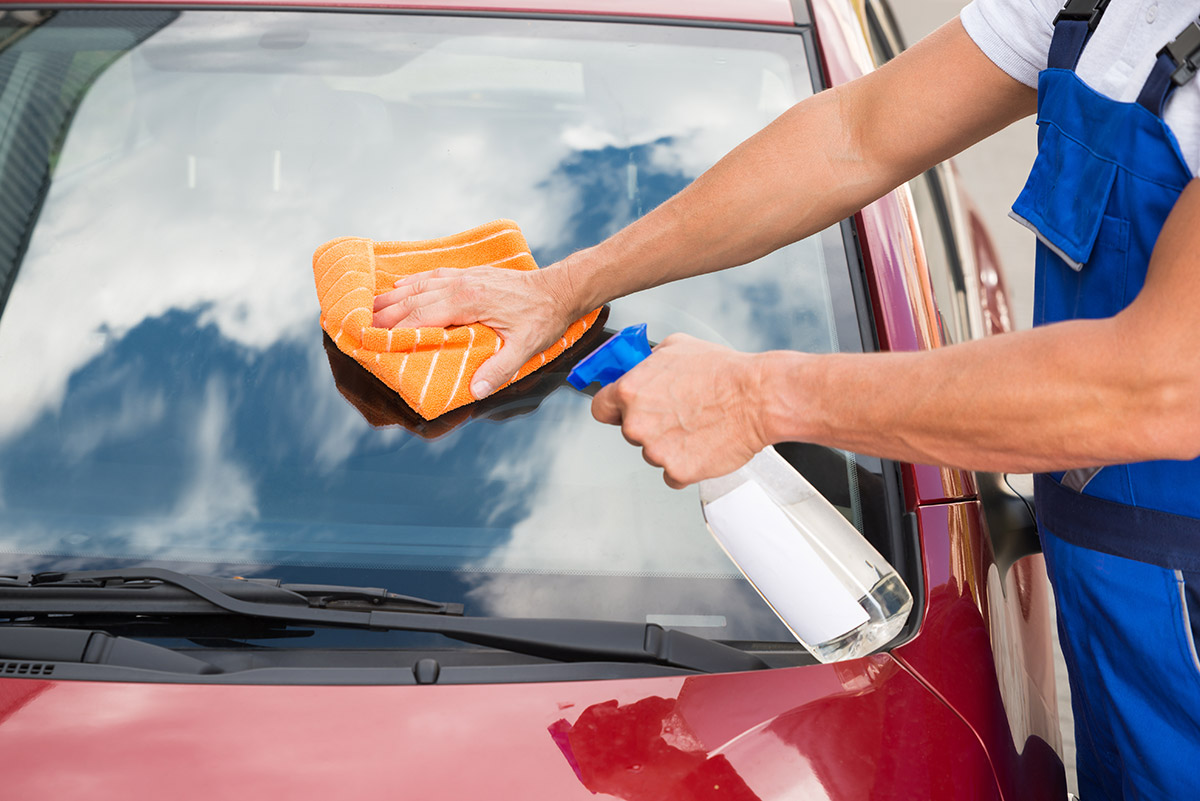
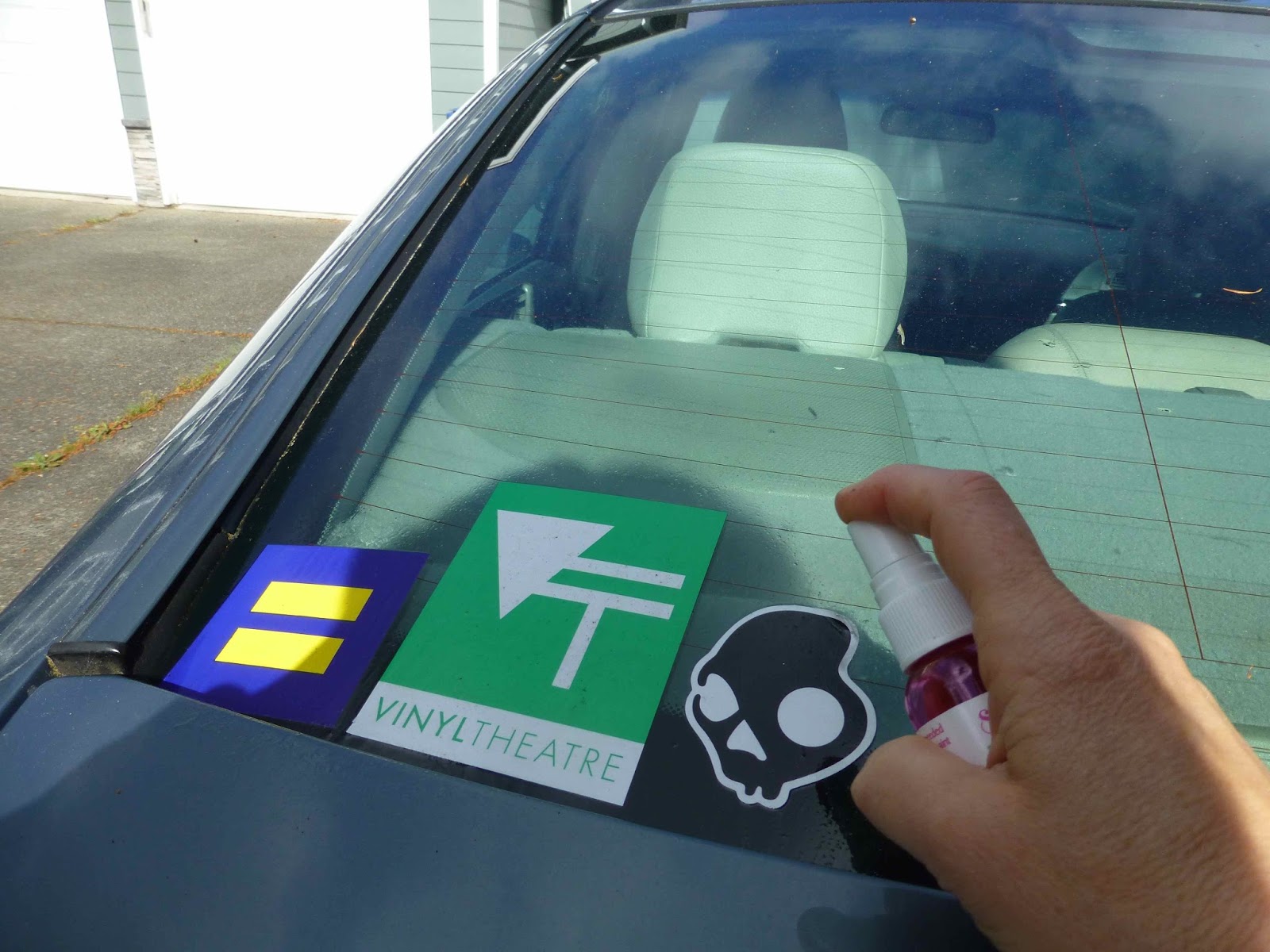
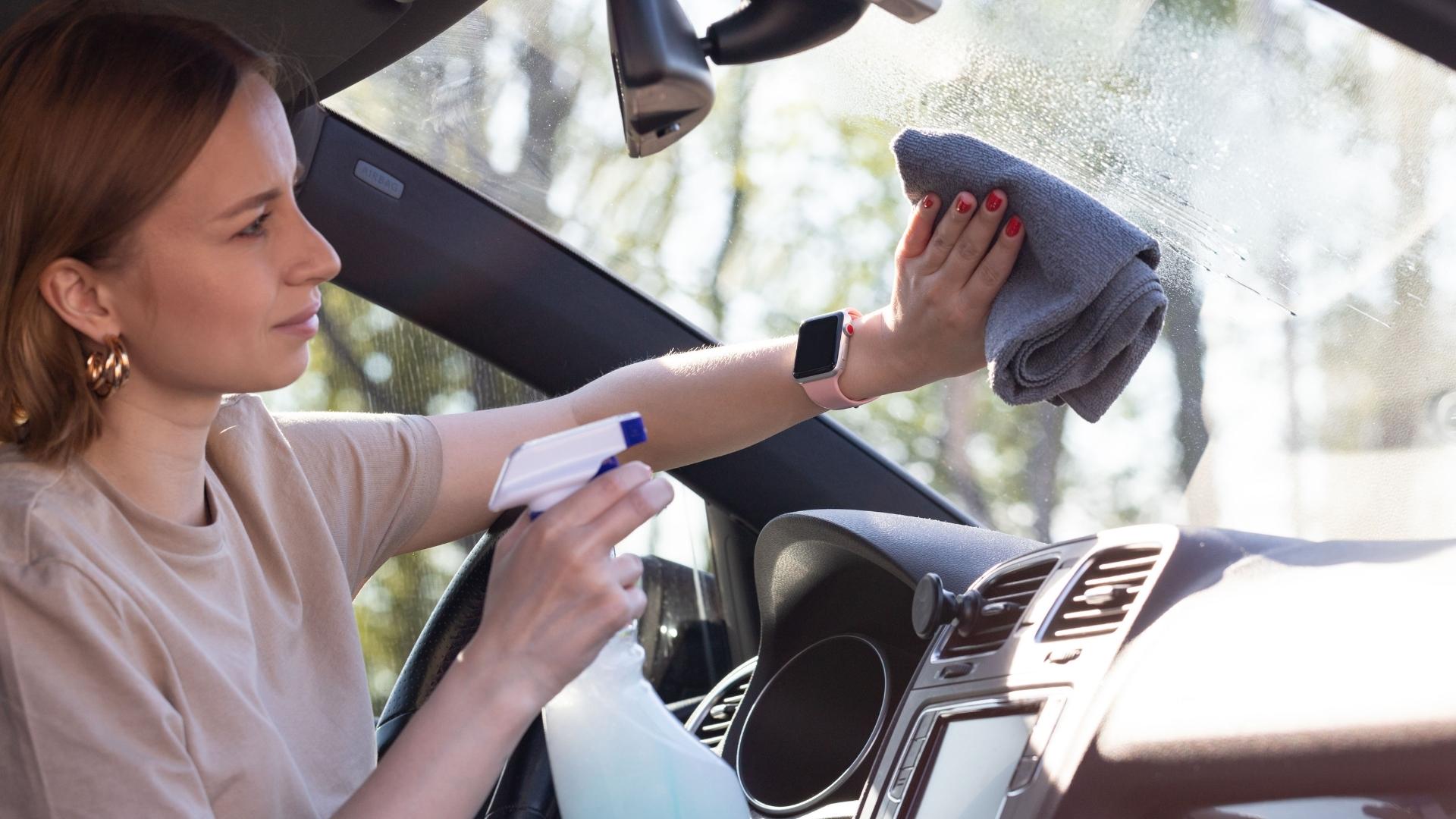

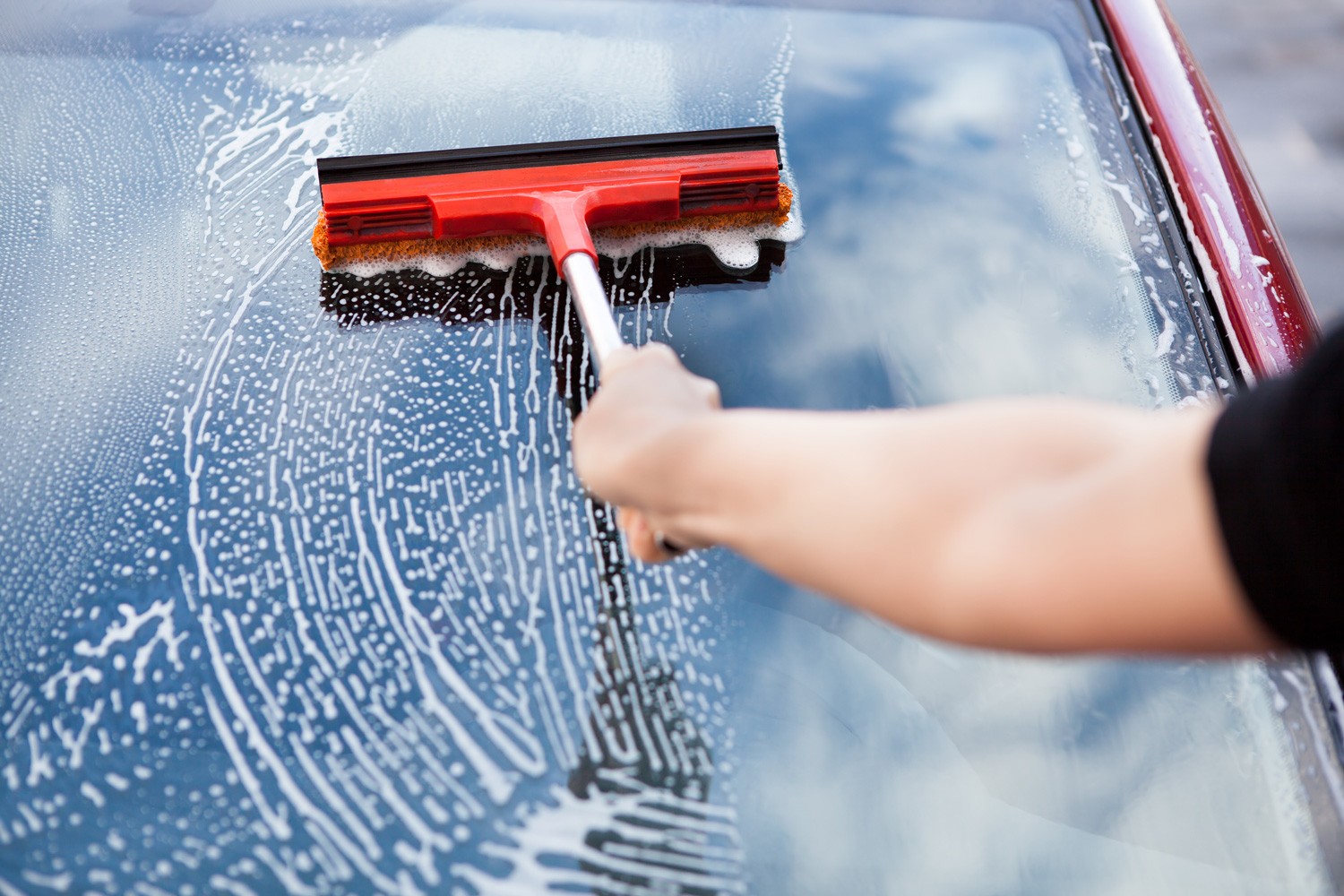

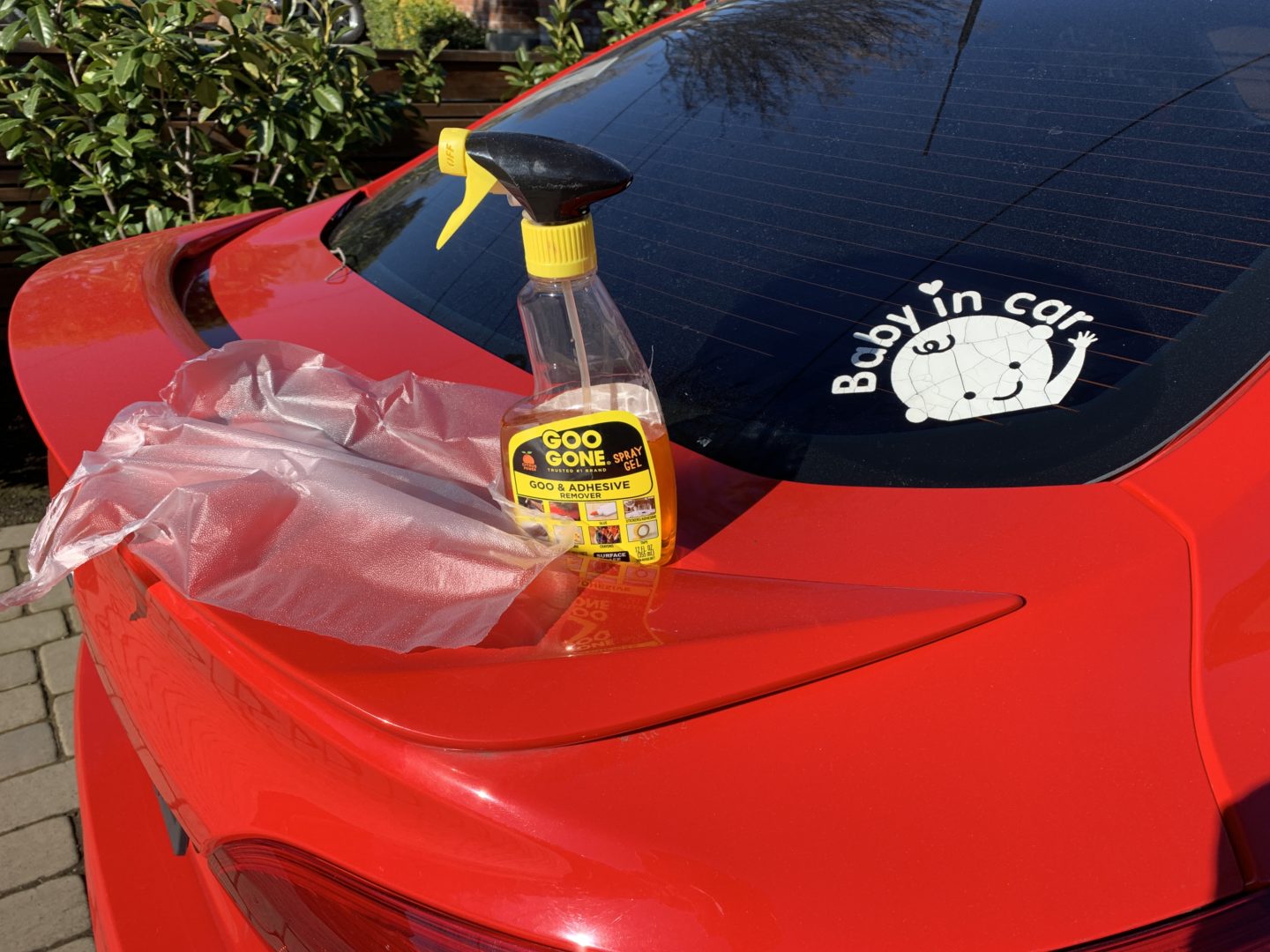

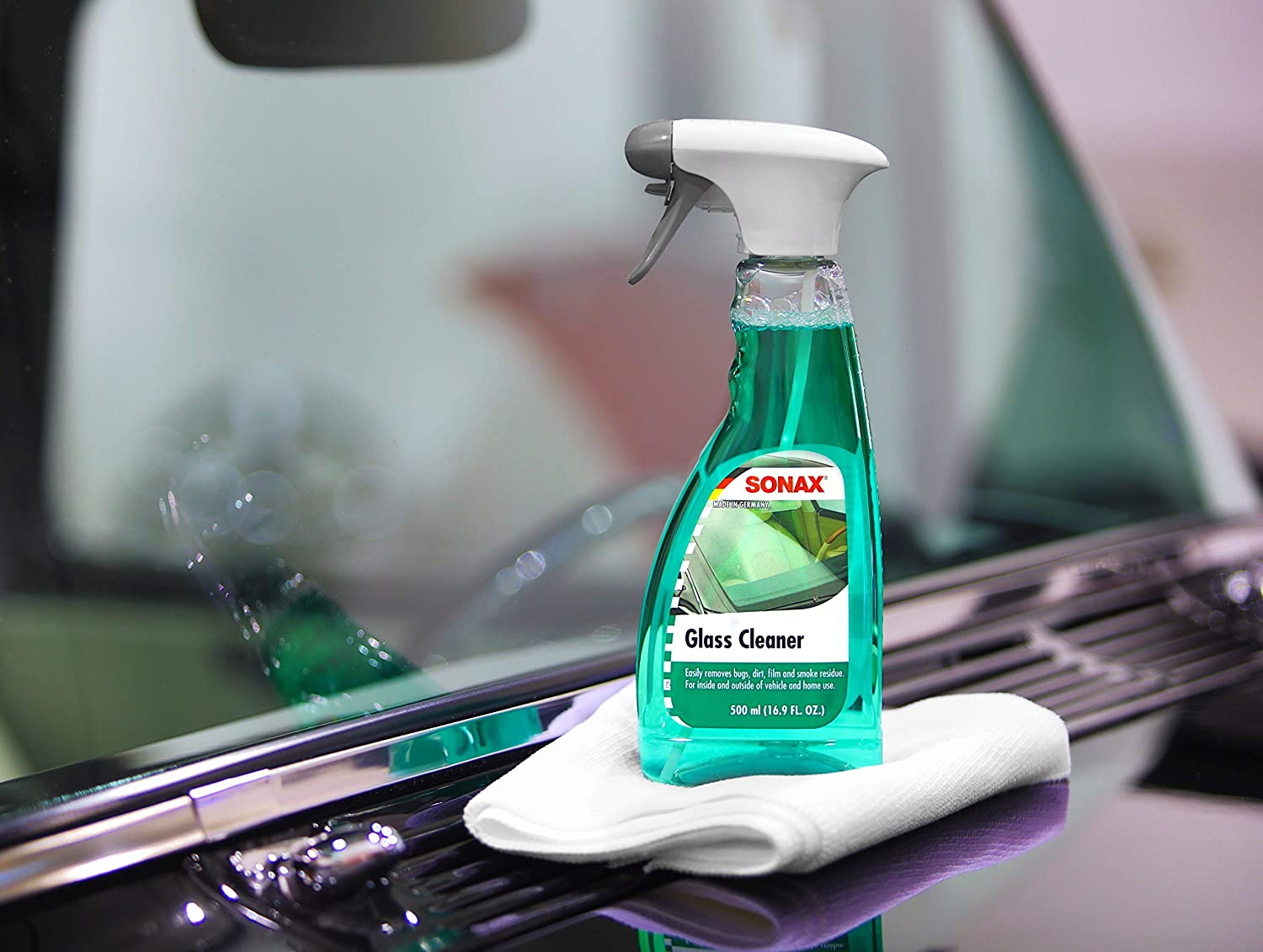
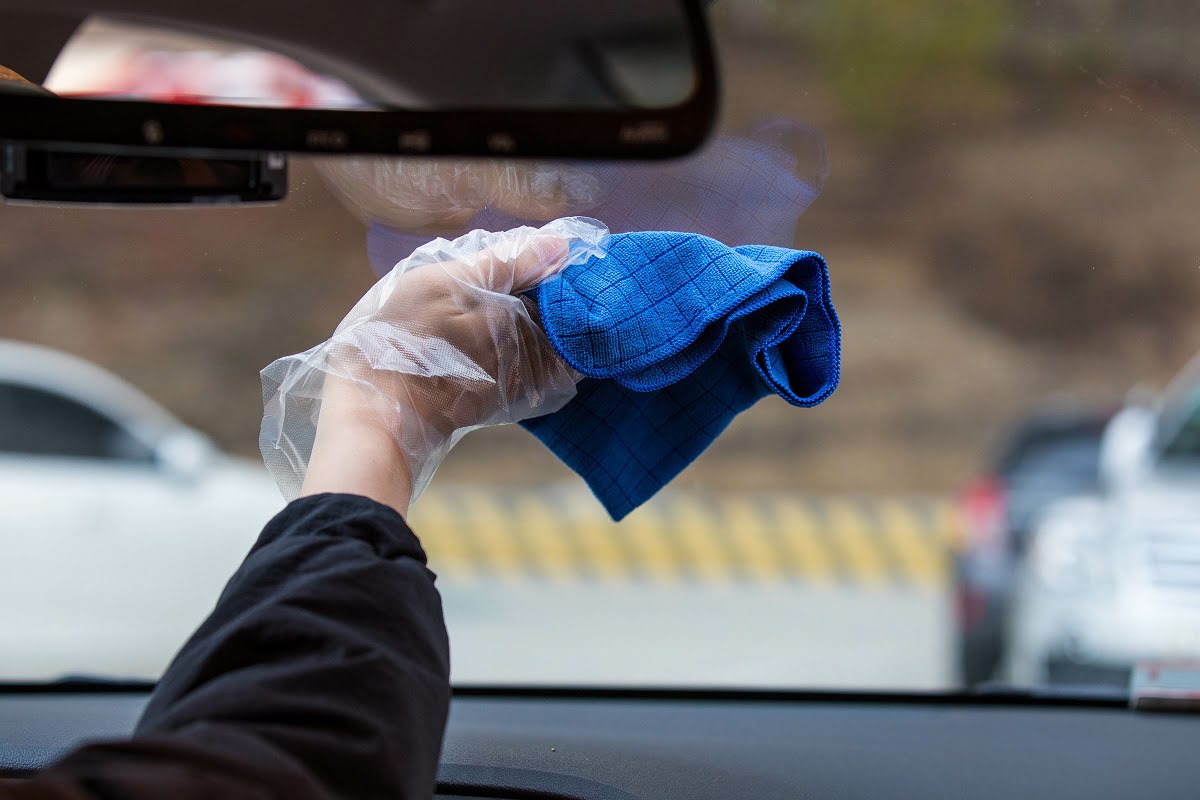
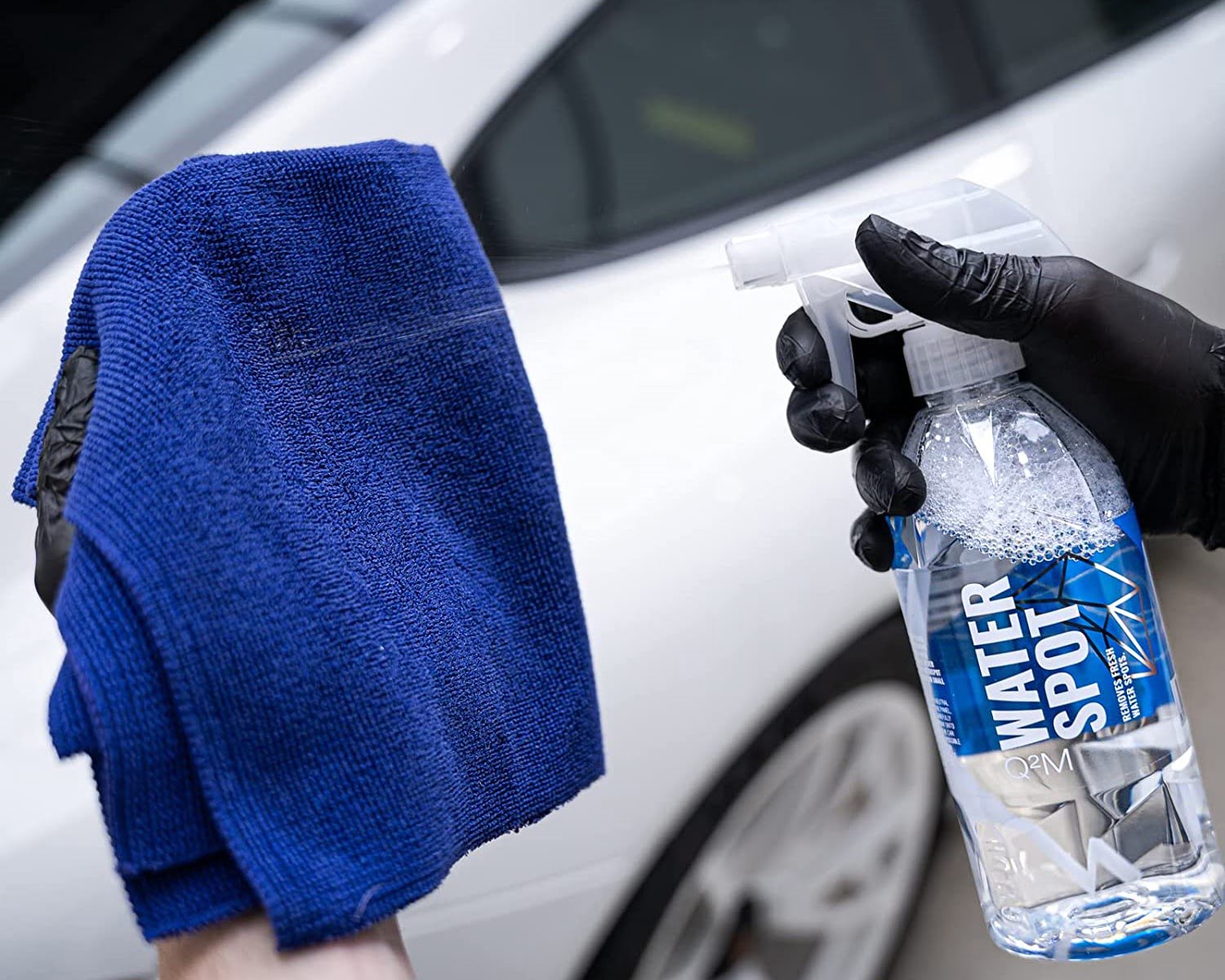
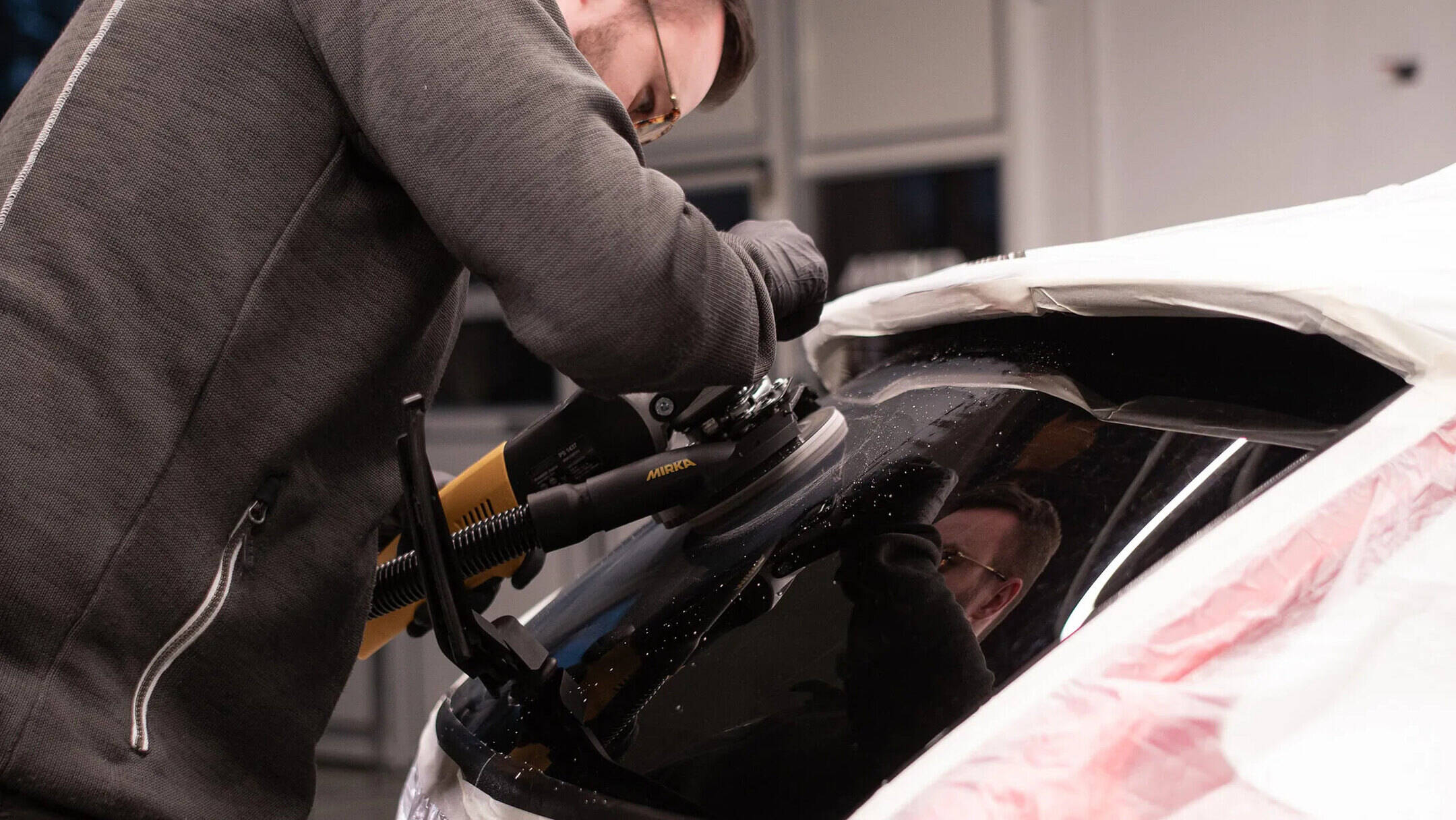
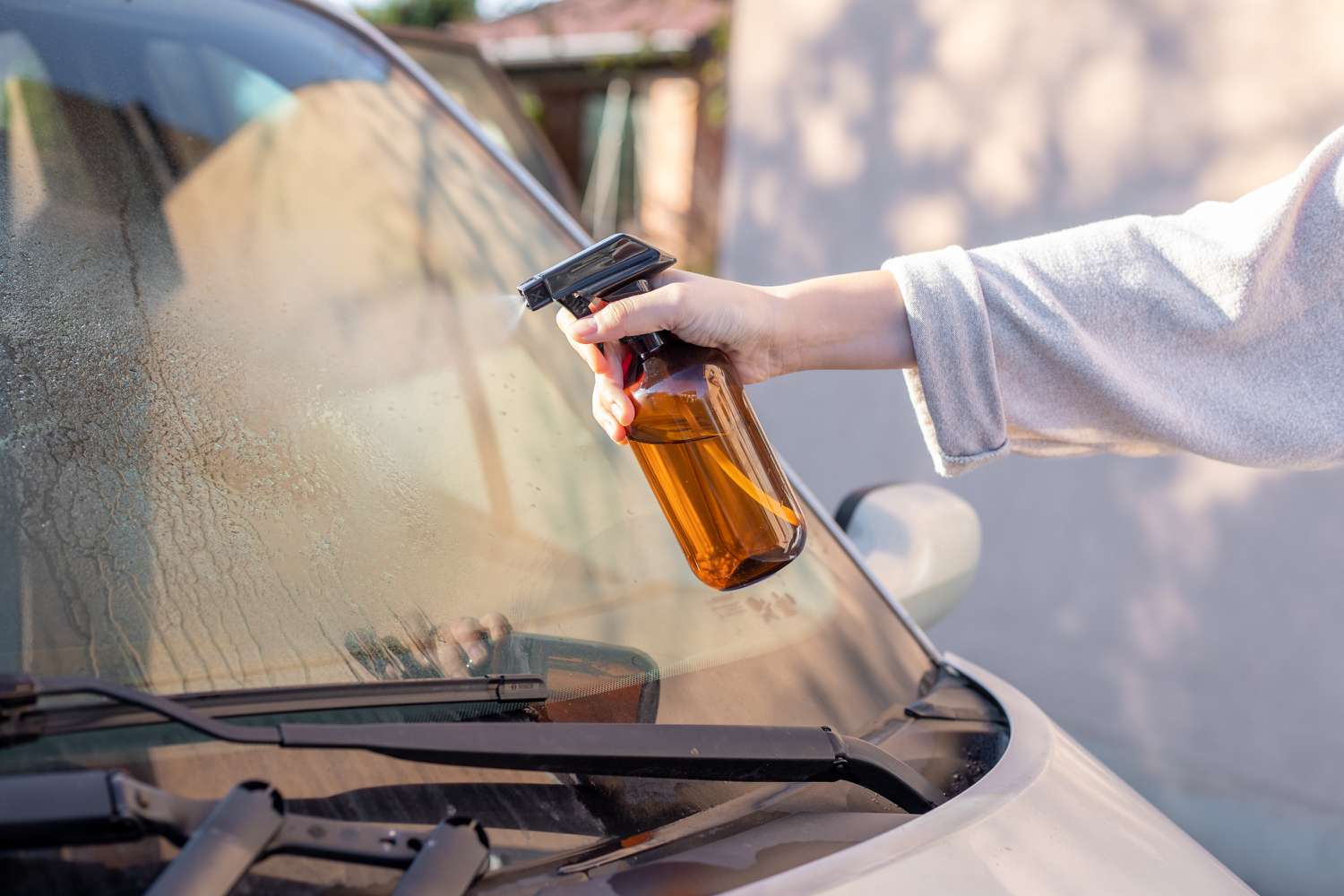

0 thoughts on “How To Remove Ice From Car Windows”